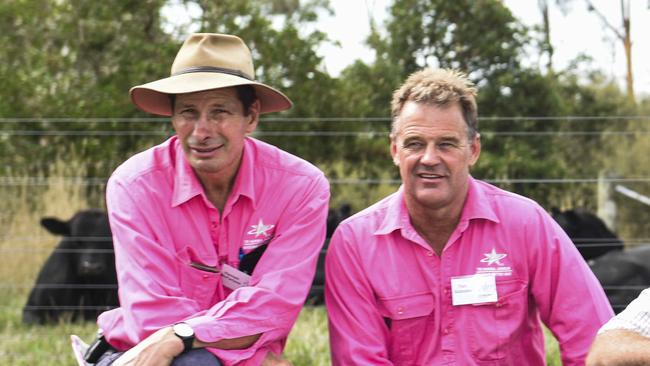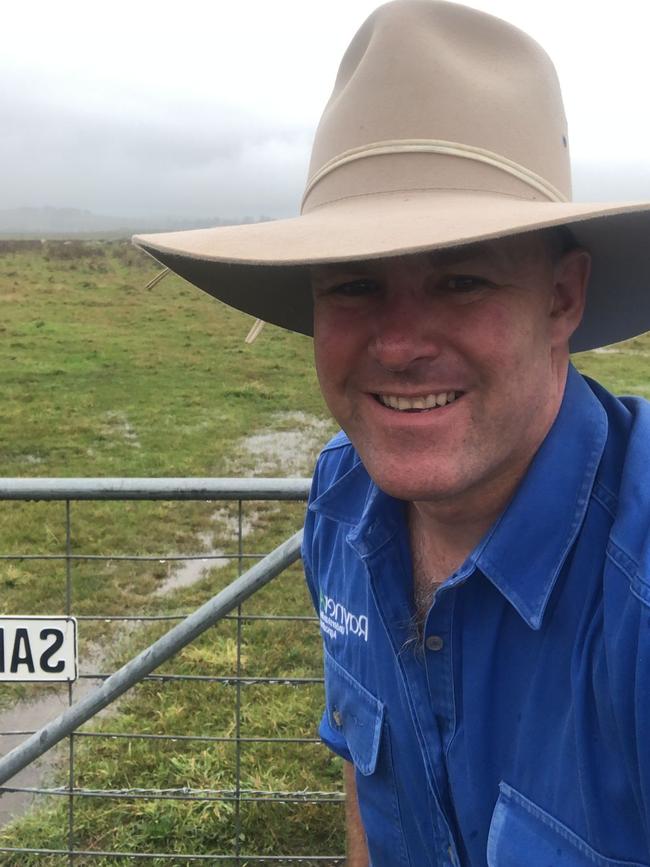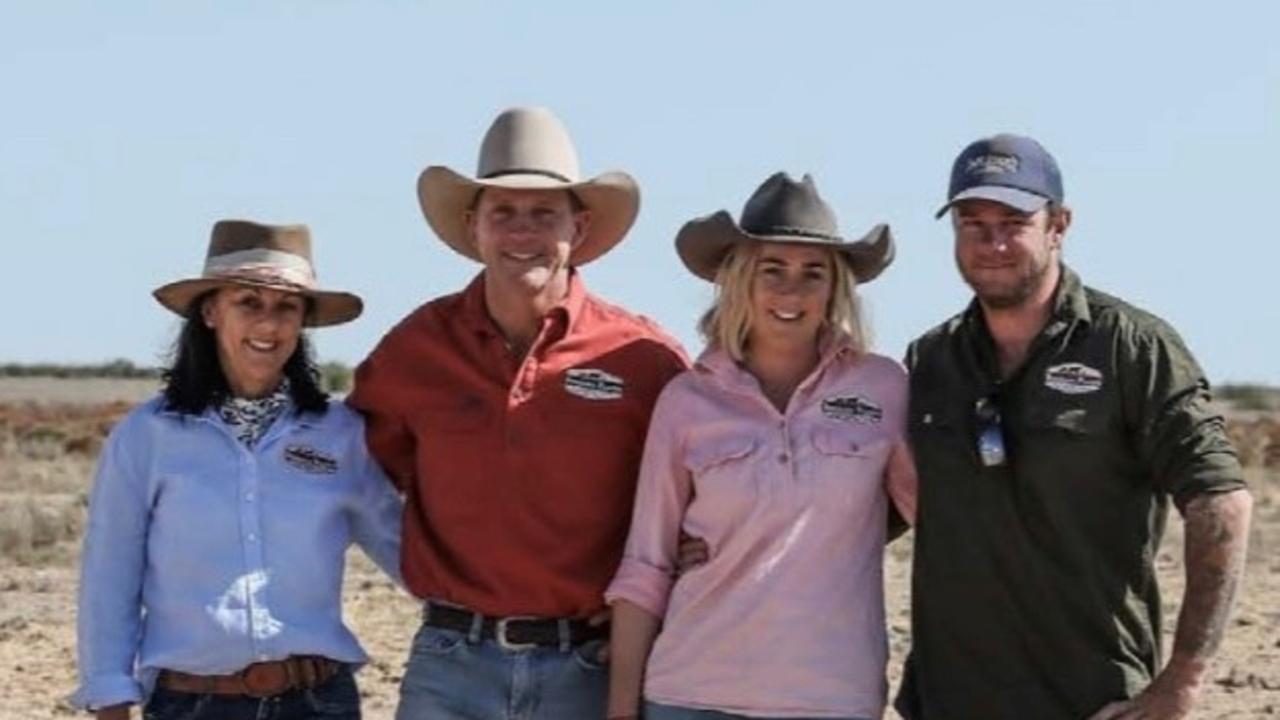Tips for managing cow fertility
Making sure you’re cows are on a rising plane in nutrition is the primary thing to look out for when preparing them for joining, this leading cattle producer says.
To ensure a successful joining period, the primary thing to look for when preparing cows is that they’re on a rising plane of nutrition, according to Te Mania Angus director Hamish McFarlane.
While traits such as gestation length, scrotal size in bulls and days to calving are also significant factors impacting fertility in a herd, Hamish said it’s vital to manage cows in the lead up to calving and post calving.
“That immediately post calving the mother is getting into the lactation process, the calf has got its appetite up … and as the appetite goes up you put them on the mother on better quality feed, and through that process the animal ends up being on a roll,” he said.
“Typically, females don’t return to service until six weeks post calving, so if you can bring that forward and manage that process to make it so that they’re much more active at the earlier part of your joining cycle, the better.”

And for bulls, he said making sure they are up to date with their vaccinations, have undergone a vet check, and are generally looking sound in the yards are essential.
“We strongly recommend that you observe him actually serving, not just following around females, but actually where possible, sit in the paddock and watch him working,” he said.
“We recommend observing twice a day, in the morning and in the late afternoon or evening.”

RaynerAg principal Alastair Rayner said producers need to focus on nutrition and the environment of their bulls when managing fertility, and not just rely on fixing issues with genetics.
“Nutrition is probably the overwhelming factor that impacts fertility within a herd,” he said.
“When you look at a bull… 30-40 per cent of the physical appearance is due to genetics, but the rest is a result of how it’s been fed and how it’s been managed.
“When you’re looking at improving fertility within your herd, you have to actually ask some questions about what has happened within the management system.
“Is it a cow body condition issue? Is it the timing over your joining period? Is your weaning period too late that your cows are losing too much condition and not recycling? There are a lot of questions you have to ask before you immediately think you can correct everything with genetics.”
Alastair said it would likely take at least three years to see impacts of genetic improvements in bulls, and four years in your cow herd.
“People think a new bull is going to change things quickly, but it isn’t. Genetics offers permanent and cumulative improvement, but it’s much slower than getting nutrition right,” he said.
“You can’t just sit back and wait for the genetics to kick in, you have to be proactive.”


